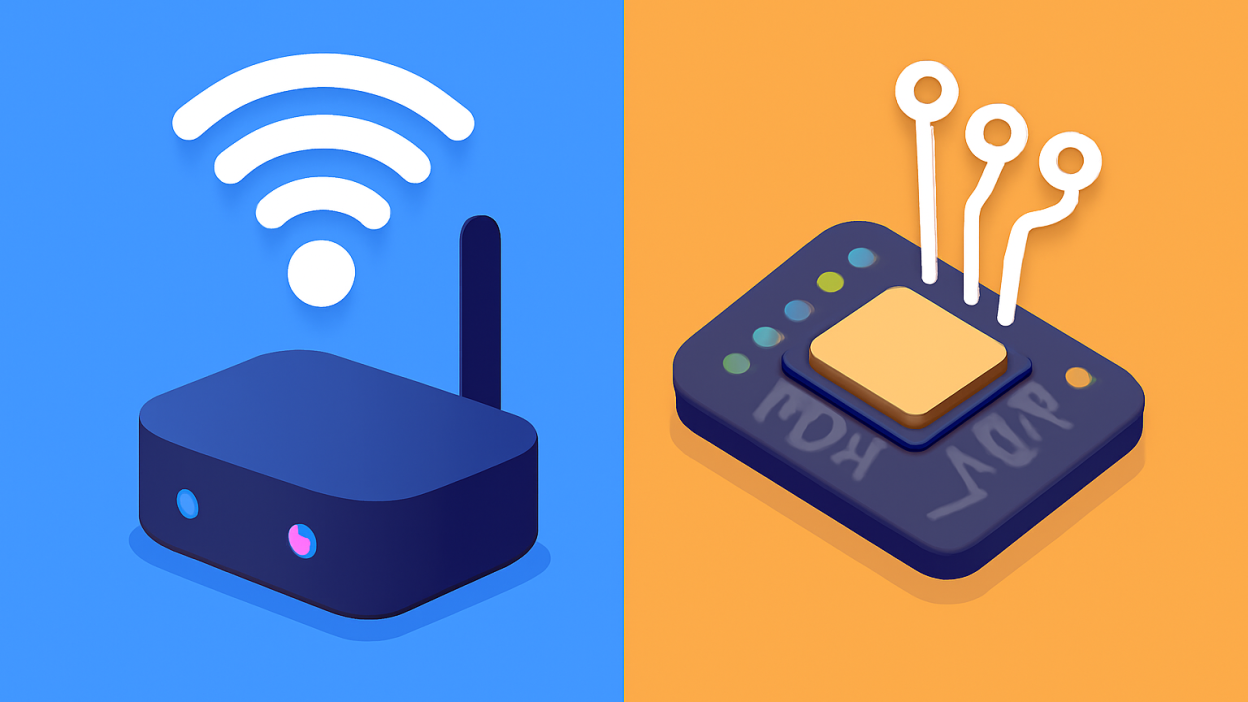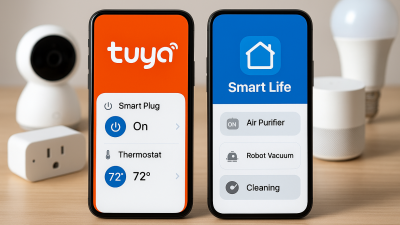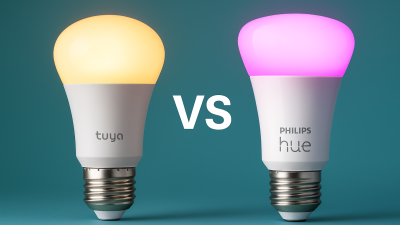What is Zigbee?
Zigbee is a wireless communication protocol designed specifically for smart home devices. It uses low-power, low-data-rate communication to form mesh networks between devices. Zigbee devices can communicate with each other without needing the internet or a central hub, offering a reliable local network.
What is Wi-Fi?
Wi-Fi, on the other hand, is the most widely used wireless communication protocol for internet connectivity. It connects devices to a router and the internet, allowing for high-speed communication with no need for additional hubs or bridges. Wi-Fi is typically used for larger data transfers and internet-dependent devices.
Zigbee vs Wi-Fi: Key Differences
1. Range and Coverage
Zigbee operates on a mesh network, meaning that devices can relay signals to one another. This gives Zigbee an advantage in terms of range and coverage in large homes or buildings. Zigbee devices can maintain a strong connection even in areas that may be hard for Wi-Fi to reach, like basements or distant rooms.
Wi-Fi, on the other hand, is typically limited to the range of your router. This means that Wi-Fi-based devices might struggle to maintain a strong connection the farther they are from the router, unless additional Wi-Fi extenders or mesh networks are used.
2. Power Consumption
Zigbee uses far less power than Wi-Fi, making it ideal for battery-powered smart devices such as sensors, locks, and other small gadgets that need to run continuously for extended periods. Zigbee’s low power consumption ensures that your devices can last longer without needing a recharge or battery replacement.
Wi-Fi devices, however, consume more power, especially when they are in use. This is why many smart home devices, like smart thermostats, lights, and plugs, that rely on Wi-Fi require a constant power source to function properly.
3. Speed and Data Transfer
Wi-Fi outperforms Zigbee in terms of speed and data transfer capabilities. If you’re streaming video, gaming, or transferring large files, Wi-Fi is the clear choice. It offers faster speeds and the ability to handle larger amounts of data, which is why it’s typically used for devices that need high-bandwidth communication, like cameras, smart TVs, and other media devices.
While Zigbee is slower in comparison, its lower speed is perfectly suited for tasks that don’t require large data transfers, such as turning lights on/off or controlling small appliances.
4. Device Compatibility
Wi-Fi is supported by almost every smart home device on the market, from speakers to cameras, thermostats, lights, and more. Almost all modern smartphones, tablets, and smart speakers also use Wi-Fi for communication.
Zigbee, however, requires specific devices or hubs to connect and communicate, such as the SmartThings Hub or Amazon Echo Plus. While there is a wide range of Zigbee-compatible devices, they are generally less numerous than Wi-Fi options. Some brands, like Philips Hue, heavily rely on Zigbee for their smart lighting products.
5. Setup and Integration
Wi-Fi devices are incredibly easy to set up. Simply connect your device to your Wi-Fi network and start using it. There’s no need for additional hubs or complex configurations for most Wi-Fi smart devices.
Setting up Zigbee devices requires a Zigbee hub (or bridge) to act as a gateway between your devices and the internet. While this adds an extra step in the setup process, it creates a reliable mesh network and makes Zigbee better for larger setups, as one hub can handle multiple devices at once.
Zigbee vs Wi-Fi: Which is Best for Your Smart Home?
Choosing between Zigbee and Wi-Fi ultimately depends on your specific needs and the types of devices you’re planning to use. If you’re setting up a smaller, budget-friendly system with basic smart devices, Wi-Fi is a convenient and easy option. It’s perfect for everyday devices like smart bulbs, plugs, and cameras.
However, if you’re planning a larger system with many devices, especially battery-powered sensors and switches, Zigbee may be the better choice. Zigbee offers greater range, lower power consumption, and more stable communication for larger homes with multiple devices.
Conclusion
Both Zigbee and Wi-Fi have their strengths. Zigbee excels in reliability, low power consumption, and scalability for large networks. Wi-Fi, however, provides the convenience of fast setup, easy integration with internet-dependent devices, and superior speed for high-bandwidth applications. Depending on your smart home needs, you may even find that combining both Zigbee and Wi-Fi devices in your home automation setup provides the best of both worlds.



